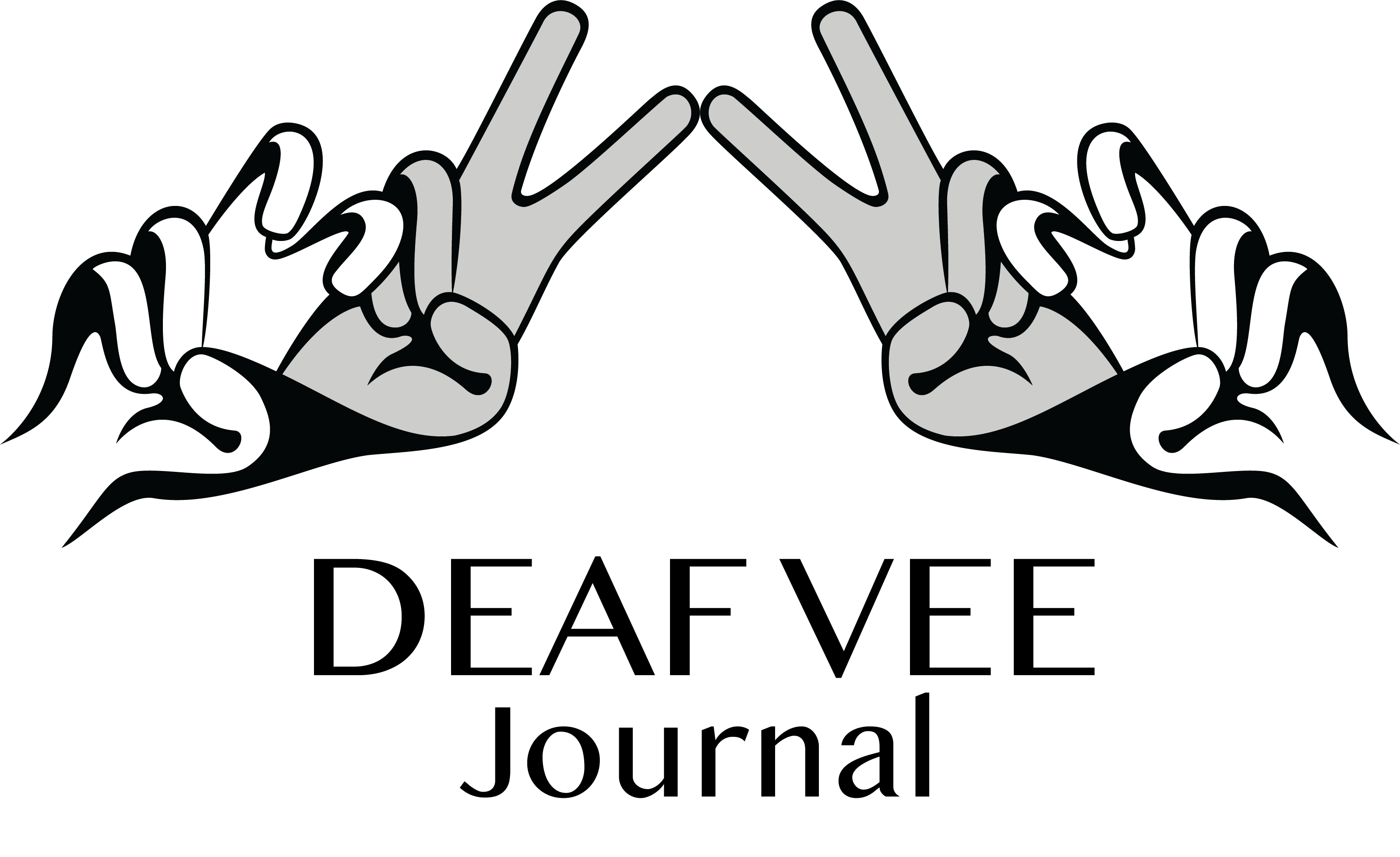The Los Angeles Unified School District (LAUSD) has recently approved a resolution that mandates a bilingual American Sign Language (ASL) and English program for all deaf and hard-of-hearing children aged 0 to 3. This decision has sparked a heated debate within the community, highlighting differing views on language acquisition, cultural identity, and parental rights.
Support for the Bilingual Program
Proponents of the resolution argue that it will significantly elevate the use of ASL within the district. They believe that early exposure to ASL and English will provide deaf and hard-of-hearing children with a solid linguistic foundation, allowing them to navigate both Deaf and hearing worlds more effectively. Supporters assert that bilingual education can enhance cognitive development, improve academic performance, and strengthen cultural identity.
One of the main advocates for the resolution, LAUSD board member Jackie Goldberg, emphasized that the bilingual program will encourage the use of ASL, a language that has historically been marginalized. “This move will ensure that deaf children receive the same opportunities to learn and thrive in both ASL and English,” Goldberg stated. The resolution aims to create an inclusive environment that respects and promotes Deaf culture and language.
Organizations such as United Teachers Los Angeles have also shown strong support for the resolution, highlighting the educational benefits of bilingualism and the importance of cultural preservation. They argue that by learning ASL from an early age, children will have better access to Deaf culture and community, fostering a sense of belonging and identity.
Opposition and Concerns
Despite the strong support, the resolution has faced significant opposition from various stakeholders who worry about its implications on parental choice and the potential barriers it may create for those opting for cochlear implants.
Opponents argue that making the bilingual program the default option may limit parents’ ability to choose the best educational path for their children. They fear that the resolution may pressure families into adopting a one-size-fits-all approach, disregarding individual needs and preferences. Rick Caruso, a prominent opponent whose daughter is hard of hearing, voiced concerns that the program could marginalize families who prefer oral education or cochlear implants. “Parents should have the freedom to decide what is best for their children without being coerced into a specific program,” Caruso stated.
Additionally, critics highlight that the resolution does not adequately address the needs of children who use cochlear implants. They argue that a bilingual ASL and English program may not be the most effective approach for these children, who might benefit more from oral education methods. Opponents worry that the program could create barriers between hearing parents and their children, potentially complicating communication and family dynamics.
Balancing Perspectives
In response to these concerns, the LAUSD board included provisions in the resolution to ensure that all families receive comprehensive information about their educational options. “Our goal is to provide a default program that supports ASL while still respecting parental choice,” Goldberg explained. The board emphasized that the resolution does not mandate ASL-only education but offers a bilingual option that families can choose or opt out of, based on their preferences.
The debate within the LAUSD mirrors broader discussions in the Deaf community about language acquisition, identity, and the role of technology. While the resolution aims to promote ASL and respect Deaf culture, it also highlights the need for flexibility and parental involvement in educational decisions.
As LAUSD implements the bilingual program, ongoing dialogue and collaboration between educators, parents, and community members will be crucial. Balancing the benefits of bilingualism with respect for individual choices will be key to ensuring that all deaf and hard-of-hearing children receive the support and opportunities they need to succeed.




